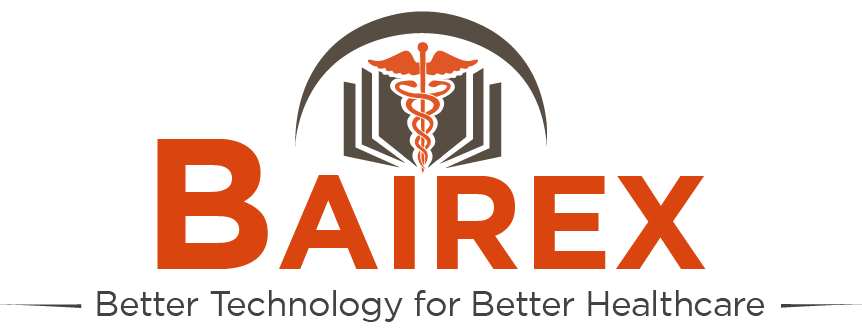Latest on COVID-19
- Home
- Latest on COVID-19
The NATIONAL COMPREHENSIVE #COVID19 MANAGEMENT HANDBOOK for Ethiopia has been published for the effort to contain the epidemic and guide policymakers, healthcare providers and public heath professionals at all levels.
SECTION I: BACKGROUND
Severe acute respiratory infection remains one of the leading causes of mortality around the
world. The recent pandemic caused by an RNA virus that belongs to the family of CORONA
(Latin Crown, from the structure of the virus under electron microscope) virus is a challenge for
both developed and underdeveloped nations. The new CORONA virus identified as the cause of
the acute respiratory disease in humans since the end of December 2019(2019-nCoV), later
labeled as SARS-CoV2 by World Health Organization is a different strain of CORONA virus
from SARS and MERS CORONA viruses. The difference is not limited to genetic make-up only
but also in the clinical presentations, case fatality and the rate of spread across the globe. The
disease caused by this virus is known as COVID-19.
First seen in Wuhan, China, the disease has been recognized as global public health emergency
by World Health Organization after cases had started to be seen outside china in less than twomonth period. Failure to predict, reluctance to use initial information timely and take the
necessary actions together with lack of political commitment in nations across the world
contributed to the rapid spread of the disease out of China and unacceptably high mortality in
countries most affected by the pandemic. Physical contact and respiratory routs are the two most
important well established routs of transmission of the virus. Poor hand hygiene practice,
overcrowding, and close physical contacts like hand shaking contributes for the fast spread of the
virus with in very short period of time. Experience from China where the disease was first
recognized shows educating the public about the nature of the disease and the rout of
transmission, restricting mobility of individuals within the border and across borders is proven to
be key in preventing transmission. The pandemic started when the world was not ready even for
commonly known epidemics and when mobility for business and tourism was high and very
simple due to globalization. Scarcity of supplies for hand hygiene and lack of PPE in most health
facilities are good evidences for our unpreparedness for an infectious disease pandemic of this
scale.
Ethiopia, being one of the countries with limited trained human and material resources, is
expected to be affected most by the global COVID-19 pandemic. Allocating the limited
resources for the prevention of transmission of the disease and implementation of a uniform and
evidence based preventive and treatment protocol at all levels of health care system and
throughout the country under central command is believed to be wise decision for optimal
utilization of the resources. Areas affected most will be given priority to treat and contain the
infection in that locality so that other part of the country will not be affected. In order to make all
preventive and treatment endeavors uniform in Ethiopia the need for national COVID-19
prevention and treatment guideline is given priority by FMOH and EPHI. A committee was
organized from consultants of different specialties and given the task of developing evidence
based, cost effective and applicable national guideline for prevention and treatment of COVID19 in Ethiopia. The guideline has taken in to consideration the culture, leaving condition and
background of the people and is made as much as possible understandable and usable by most
levels of health care professionals.
This prevention and treatment guideline encompasses principles of infection prevention and
control, starting from the scene up to discharge and safe burial system in case of death.
Management of critically ill patients, in wards and ICU is discussed in the guideline. Ethical
considerations regarding safety of health professionals and bioethics have been included. The
recommendations in this guideline are based on limited studies available and recommendation by
WHO and CDC. The guideline will be revised and updated as more information and evidences
are released. All healthcare facilities must ensure that health professionals are well trained and
able to implement infection control procedures and COVID-19 management.

